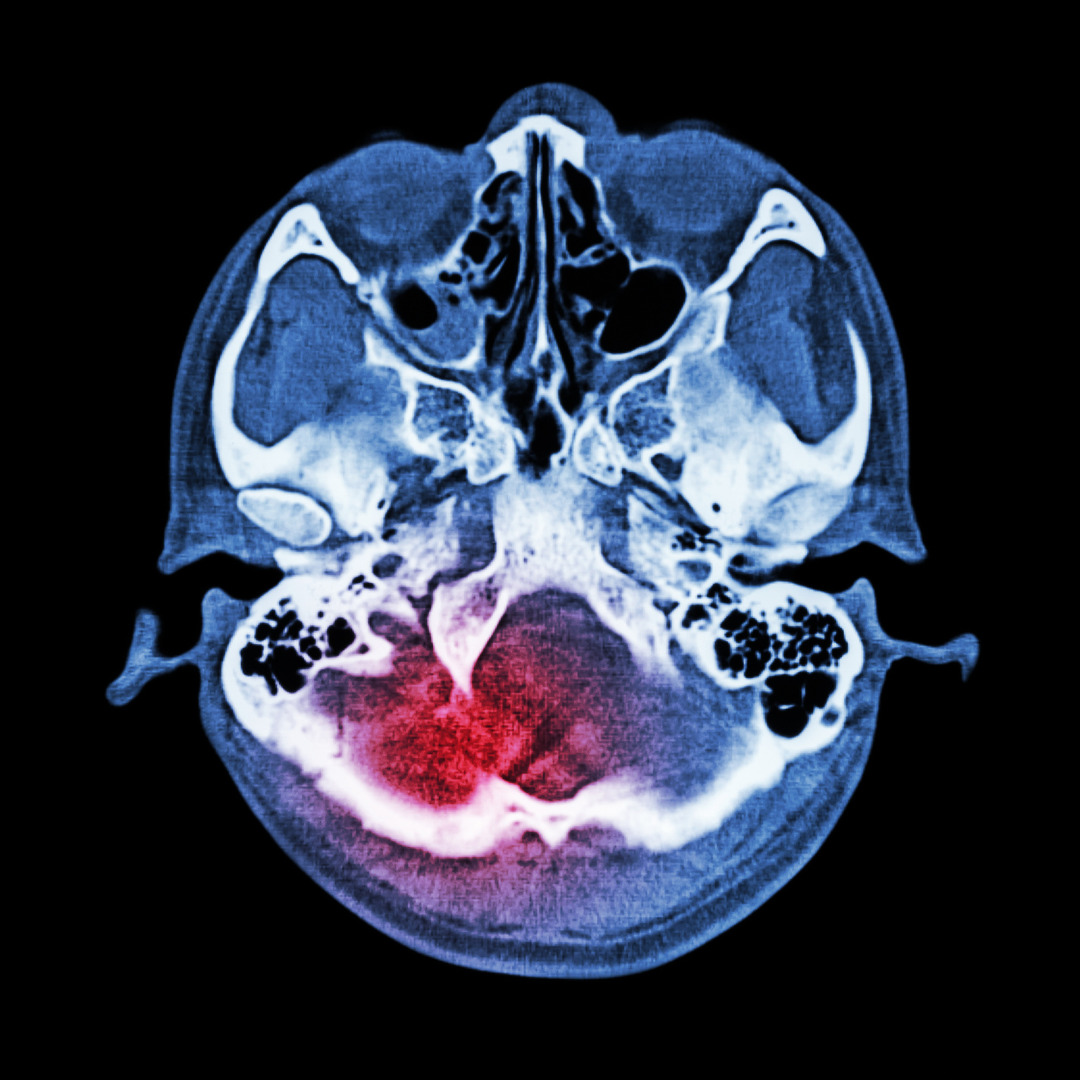In an automobile accident or a slip and fall case, attorneys may use x-rays or MRI scans to show broken bones and other internal injuries. While MRIs are also used for head injuries, proving a traumatic brain injury can be substantially more difficult. The force of a jarring collision in an automobile accident, for instance, can produce shearing and stretching injuries to brain tissue even when there are no external cuts or bruises. The brain is made of a delicate, sponge-like tissue surrounded by a layer of blood and spinal fluid and encased inside the hard interior of the skull. External force can compress the brain against the skull. The skull, which is bone, also has ridges that can cause tearing. Think of throwing a tennis ball against a stucco wall.
Symptoms of a concussion can vary. They may include loss of consciousness, dizziness, disorientation, headaches, sensitivity to light/noise, vision disturbances, and loss of memory/concentration. Even a mild concussion may lead to significant changes in a person’s ability to function. Since standard MRIs and CT scans may not reveal the physical injuries to the brain, especially in the absence of bleeding, attorneys often must rely on neuropsychological testing to demonstrate the extent of brain injury. The client undergoes a battery of tests that measure memory, recall, word association, attention, problem-solving and other brain functions. Below average test results can demonstrate that brain injury is present. Still, test results must be explained by an expert and are often subject to differing interpretations from defense experts regarding the causation of abnormal findings and severity.
Experts Are Not the Only Valuable Witnesses
Often, the most persuasive evidence of brain injury is the testimony of witnesses who can tell a jury how the client functioned before the accident. The jury can then compare it to the client’s current level of functioning. I particularly like to call upon co-workers or other acquaintances of the client – those with no stake in the case. Jurors often are more influenced by testimony of the client’s day-to-day struggles and inability to complete simple tasks like paying bills that used to come easily instead of listening to experts discuss test results.
Proving a brain injury truly tests an attorney’s advocacy skills. It requires a multi-faceted approach involving experts and fact witnesses to not only explain how the accident caused the injury, but its impact on the client’s life. Without an x-ray or a photograph to show the jury, the attorney must paint a picture with words. The spotlight must shine on the “before and after” evidence. The attorney must help the jury see the permanent alteration of the client’s life on the outside to make the connection to the brain scarring they cannot see on the inside.
Please call me if you have any questions about this post. Likewise, let me know if you or a loved one has experienced a traumatic brain injury and you need help.

